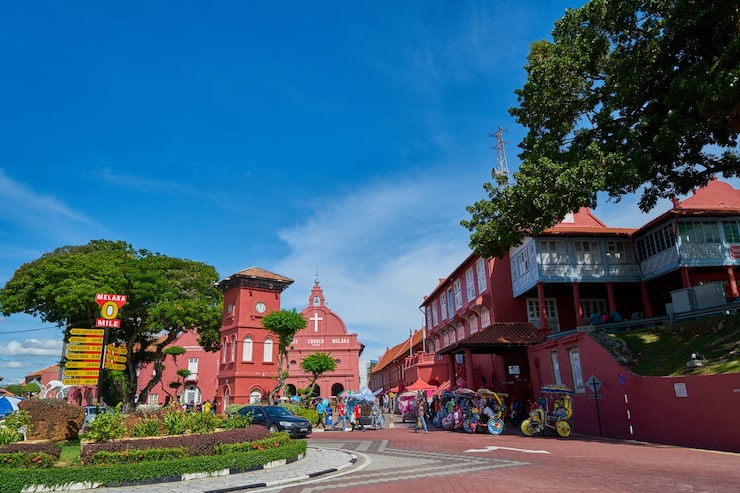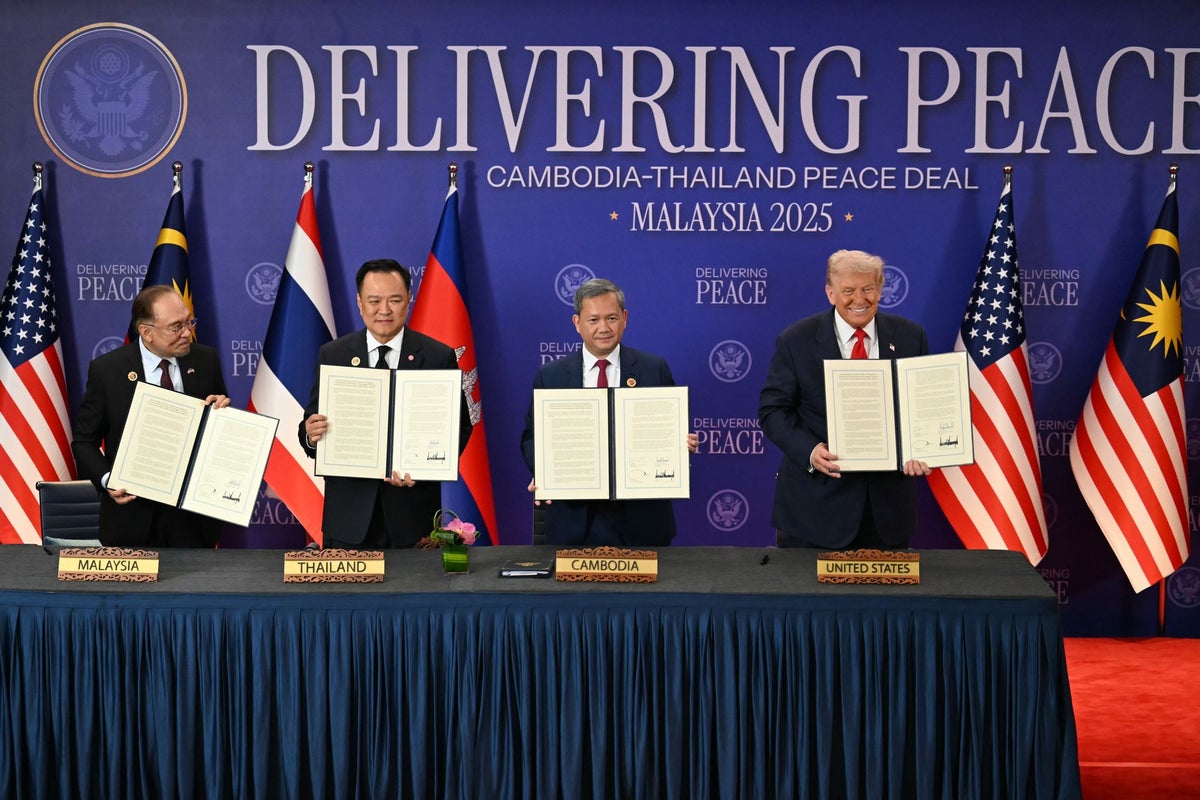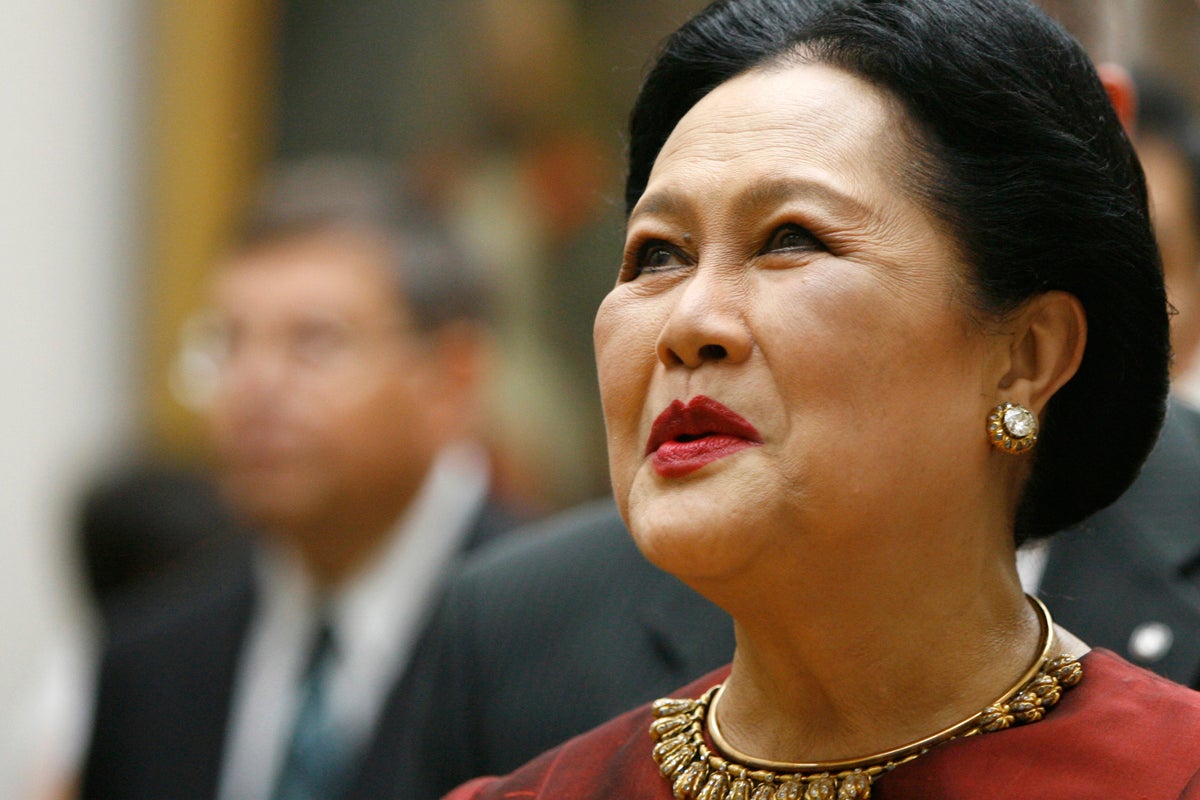Thailand Unites with Malaysia, and Vietnam to Promote Off-Season Travel in 2026 to Combat Overcrowding and Surge Sustainable Tourism:What You Need to Know
As travel begins to rebound in 2025, Southeast Asian countries are rolling out innovative strategies to promote off-season travel. With a focus on sustainable tourism, these nations are tackling the problem of overcrowding and creating opportunities for tourists to visit during the quieter months. By encouraging travel during off-peak periods, countries like Thailand, Malaysia, and Vietnam aim to balance tourism more effectively, reduce strain on popular sites, and distribute benefits more equitably across regions.
This article delves into how Southeast Asia’s tourism sectors are responding to overcrowding, emphasizing efforts to sustain the industry while preserving the natural and cultural treasures that make the region so appealing.
Thailand’s “Love Season” Campaign
In a move to combat overcrowding during the busy tourist season, Thailand has launched the “Love Season” campaignto attract visitors during the typically quieter months of June to September. The Tourism Authority of Thailand (TAT)is working to reframe the rainy season as a time for unique and relaxing experiences. The initiative promotes destinations less affected by mass tourism, offering attractive discounts, cultural experiences, and special promotions that highlight the authentic charm of Thailand’s off-season offerings.
Thailand’s off-season strategy not only reduces pressure on over-visited spots like Bangkok and Phuket but also provides locals with the chance to experience a more peaceful and sustainable form of tourism. The “Love Season” campaign encourages travelers to visit smaller towns and remote islands that often remain overshadowed by the country’s famous attractions. Through this initiative, Thailand is fostering a more sustainable travel model that supports the local economy year-round.
For more information on Thailand’s off-season initiatives, visit the Tourism Authority of Thailand’s page on Facebook.
Malaysia’s Year-Round Tourism Strategy
Malaysia has long been a popular destination for both regional and international tourists. However, the surge in visitors during peak periods has led to overcrowding at iconic spots like Kuala Lumpur, Penang, and Langkawi. To counter this, the country has unveiled a comprehensive year-round tourism strategy, promoting travel during the off-season months. By encouraging sustainable tourism practices and eco-friendly initiatives, Malaysia aims to distribute visitors more evenly throughout the year.
One of Malaysia’s key initiatives is the Global Travel Meet 2025 in Kuala Lumpur, which focuses on fostering sustainable tourism solutions to help manage overcrowding. The event brings together travel industry experts, offering a platform to discuss the future of tourism in the region and how to achieve a more balanced flow of visitors throughout the calendar year. This strategy is already yielding results, as the nation promotes lesser-known destinations, offering discounts to travelers willing to venture outside of the typical tourist routes.
Malaysia’s tourism board is encouraging visitors to explore the less-crowded areas of the country, like the Cameron Highlands, Sarawak, and the East Coast of Malaysia, all while focusing on environmental sustainability and supporting the local community.
For more about Malaysia’s tourism initiatives and off-season travel campaigns, check out this article.
Vietnam’s Sustainable Tourism Initiatives
In line with other Southeast Asian countries, Vietnam is championing sustainable tourism as a means to promote off-season travel. The Vietnamese government, along with local authorities, is focusing on distributing tourism across different regions and encouraging travelers to visit destinations that are less frequented by tourists. Regions like Sapa, Phong Nha, and Hue are becoming focal points in the country’s efforts to encourage off-season tourism.
Vietnam’s push towards eco-friendly tourism aims to maintain its natural beauty and cultural heritage while minimizing the negative effects of tourism. As part of the push to maintain balance, local communities are being trained to offer unique experiences that showcase Vietnam’s traditional culture, handicrafts, and eco-tourism ventures. With fewer crowds and more sustainable options, visitors to Vietnam during the off-season are often rewarded with more intimate and authentic experiences.
The country is promoting destinations like the Central Highlands and Coastal regions that are typically not crowded with tourists during peak seasons. These areas are rich in culture and offer diverse landscapes for eco-tourism lovers. As a result, visitors are likely to encounter fewer tourists and enjoy more personalized travel experiences.
Vietnam’s off-season tourism efforts are designed to give back to local communities by providing economic opportunities that are not just tied to the high-season months.
To learn more about Vietnam’s efforts to promote sustainable tourism and off-season travel, check out more details on this website.
The Importance of Off-Season Travel
Off-season travel has been identified as one of the most effective solutions to managing the pressures of overcrowding in popular tourist spots. By promoting travel during the quieter months, Southeast Asian countries are balancing tourism in a way that prevents harm to natural resources and cultural sites while providing economic benefits to local communities.
This initiative is more important than ever as the world faces challenges related to over-tourism. Off-season travel helps alleviate strain on infrastructure and reduces the carbon footprint of mass tourism, making it a critical component of sustainable travel.
Travelers benefit from lower prices, fewer crowds, and a more relaxed experience while helping spread the economic impact of tourism more equitably across the year. For countries like Thailand, Malaysia, and Vietnam, this approach is central to managing tourism in a way that enhances both the visitor experience and local life.
Conclusion
The year 2025 marks a turning point in the Southeast Asian tourism sector, with countries like Thailand, Malaysia, and Vietnam taking proactive steps to combat the negative effects of overcrowding. By promoting off-season travel, these nations are leading the way in creating a more sustainable, balanced, and rewarding tourism experience. The off-season initiatives not only reduce pressure on popular attractions but also help boost the local economies year-round while protecting the rich cultural and natural heritage of the region.
Travelers looking to experience the best of Southeast Asia without the crowds should consider planning their trips during the quieter months. As these countries continue to innovate, we can expect to see even more exciting opportunities for off-season travel in the years to come.
For more information on how you can contribute to sustainable travel, explore these insightful articles:
The post
Thailand Unites with Malaysia, and Vietnam to Promote Off-Season Travel in 2026 to Combat Overcrowding and Surge Sustainable Tourism:What You Need to Know appeared first on
Travel And Tour World.






